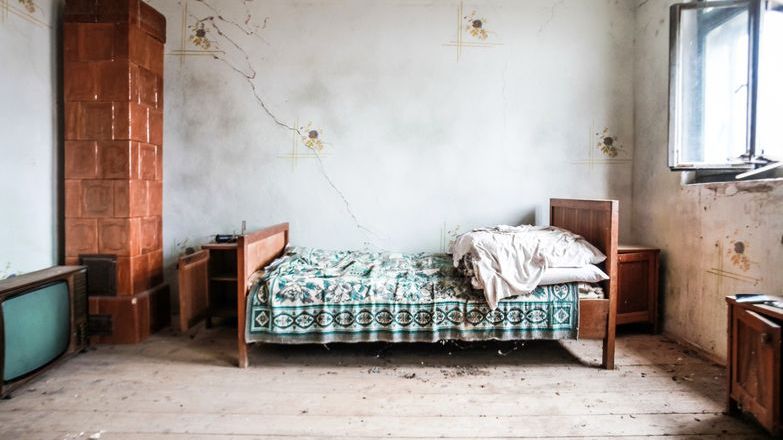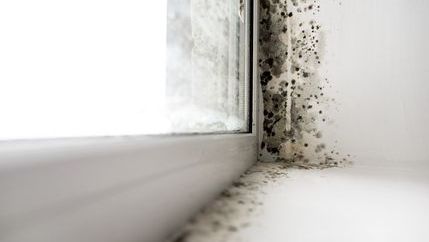
Prompt enforcement action taken
Reports of hazardous conditions in the property led the London council to visit the address where they found large parts of the property were not safe to be lived in. The tenants were a family with three young children, who are particularly vulnerable to mould.
The landlord was issued with an Improvement Notice detailing the work that needed to be carried out urgently. Due to extensive mould posing a danger to health, the council also served an Emergency Prohibition order preventing the children’s bedroom being used until repairs had been carried out.
After the landlord failed to action any of the repairs legal action was taken and he has now been fined a total of £10,451 and banned from re-letting until all the required work has been completed and the property assessed by an Environmental Health team.
Guidance on damp and mould in rented homes
In response to the Coroner’s report into the death of Awaab Ishak, the Department for Levelling Up, Housing and Communities issued consolidated guidance for property professionals making it clear that damp and mould must not be treated as the result of lifestyle choices by tenants.
It is the responsibility of landlords and managing agents to identify and address any underlying causes of the problem, such as structural issues or poor ventilation.
When responding to reports of damp and mould agents should:
- respond sensitively and assess the issue with urgency to identify the severity of the damp and mould and potential risks to tenants
- always tackle the underlying issue promptly, and act with urgency when concerns have been raised about tenant health. Do not delay action to await medical evidence or opinion - medical evidence is not a requirement for action
- ensure tenants are informed about the steps that will be taken to remove mould and address any underlying issues and the timeframes for the work
- before the removal of the mould, photograph and document the location of the mould, to help identify the source
- remove the mould, to address the health risk to tenants, using a qualified professional when appropriate
- identify and tackle the underlying causes of damp and mould, including building deficiencies, inadequate ventilation, and condensation. Simply removing surface mould will not prevent the damp and mould from reappearing
- inspect the home at least 6 weeks after remedial work has been carried out, to ensure that the issue has been fixed and damp and mould have not reappeared. If damp and mould have reappeared, further investigation and intervention should be pursued
Resources for agents
Our Damp, Condensation and Mould in Residential Property fact sheet gives a useful overview of the causes and treatments and points to other useful resources for tenants, landlords and agents.
The Housing Ombudsman has also produced a Spotlight on damp and mould document which agents may find useful.





